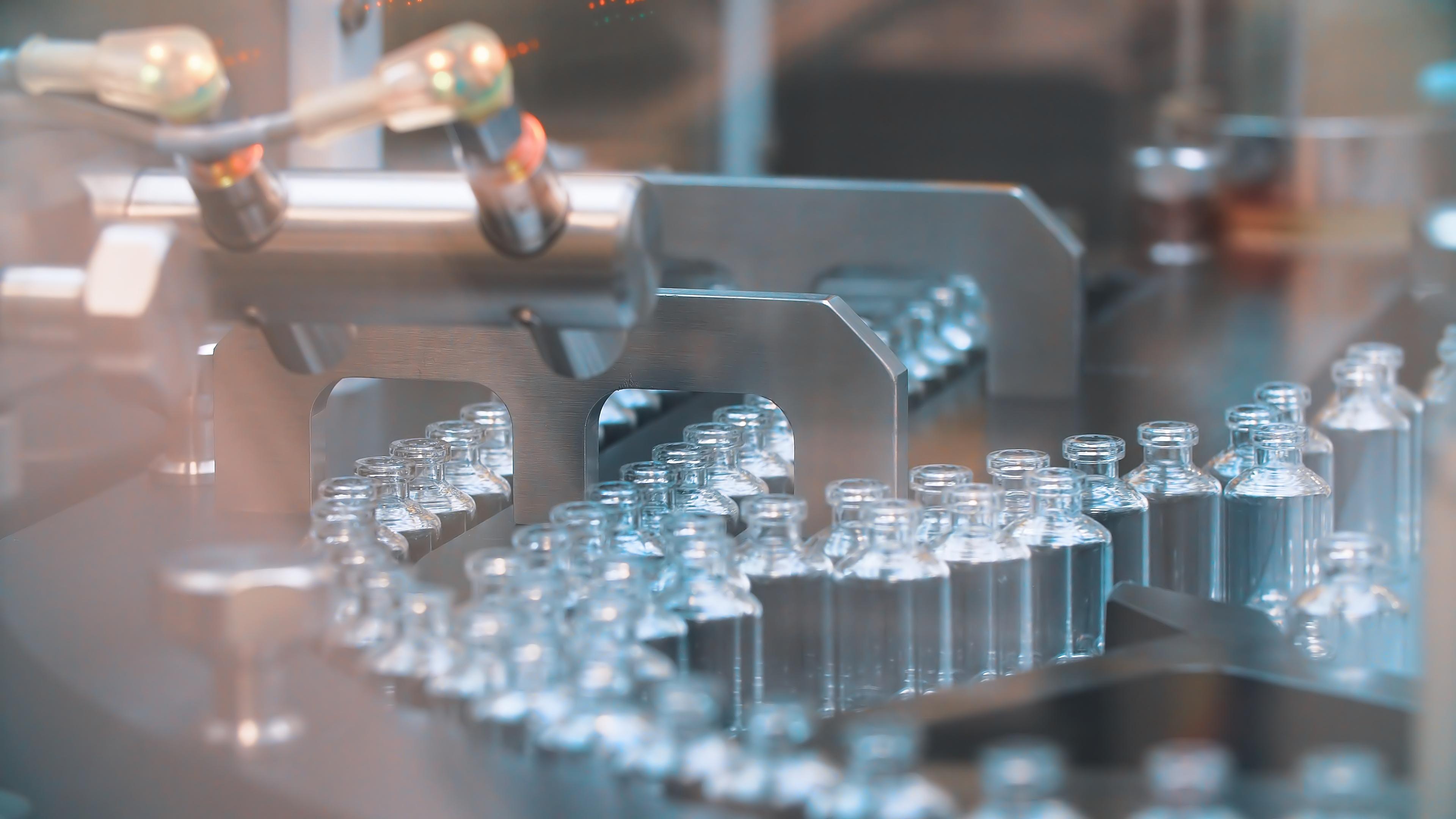Why reshoring drug production means embracing continuous manufacturing

Recent history should have the pharmaceutical industry questioning some of its fundamental assumptions.
The COVID-19 pandemic led to skyrocketing demand for some products while simultaneously constraining supplies due to logistical breakdowns and protectionist practices. The logic of outsourcing production to other countries, primarily China, suddenly looked dubious as Western countries struggled to import the drugs they needed.
The war in Ukraine, which has left it dependent on emergency aid, exposed the consequential link between a country’s pharmaceutical supplies and its geopolitics. The conflict in Ukraine once again underscores how quickly the status quo can break down and lead to vital drug shortages that put public health in dire straits.
China’s aggressive efforts to stop the resurgence of the coronavirus further emphasize the unpredictable state of affairs today and the fragile position of global drug production. If the situation gets worse in China, what does that mean for all the countries that depend on drugs and APIs produced there?
With so many recent instances of pharmaceutical supply chains slowing or breaking down, there have been calls to reshore production, by governments and companies alike, in both the US and Europe. That’s a perfectly reasonable response – domestic production is much more resilient. But reshoring is also a huge challenge given the economic, regulatory, and logistical obstacles involved.
We have plenty of compelling reasons to move production out of China. What’s still missing are viable ways to bring it back to the US or Europe.
Embracing Continuous Manufacturing
Drug companies turned to China in the first place because it was cheaper and often faster to produce abroad. Inshoring production in any meaningful way will mean recreating those same advantages at home despite the stark cost differential that persists between China and the West.
Continuous manufacturing could be the solution. Unlike batch manufacturing, where drug production is segmented into a series of slow-moving steps, continuous manufacturing relies on a fully integrated process that runs uninterrupted from beginning to end. The methods of continuous manufacturing deserve their own in-depth discussion. It’s the merits that are relevant here.
Continuous manufacturing lowers costs by condensing processes that used to take months of expensive work into a few days. It also promotes the use of automation and robotics to shrink labor costs while improving quality controls to minimize waste. In addition to being less expensive, continuous manufacturing can expedite regulatory checks without compromising oversight. Essentially, it’s a way to make producing drugs in the US or Europe just as efficient, cost-effective and agile as producing the same thing in China – without the long, sensitive supply chain standing in between.
The pharmaceutical industry has been discussing (and to a lesser extent embracing) continuous manufacturing for years now. With the urgent need to inshore production before the next global upheaval happens, it’s time to commit to continuous manufacturing. Not only will this make domestic drug supplies resilient in an uncertain future. Successfully inshoring just half the drug production currently in China will also bring massive amounts of jobs, investment and GDP growth to the US and Europe.
Paving the Way for Continuous Manufacturing
Moving production while simultaneously experimenting with a new production methodology can seem like a daunting prospect. The public and private sectors both have a role to play in making continuous manufacturing a reality.
- Formulate a National Plan – Continuous manufacturing thrives on integration and coordination, making it important to act on a national level with the joint input of regulators and industry leaders. A national (or EU-wide) plan will help focus investment, revise regulations, and identify priorities so that inshoring has the biggest impact in the least time.
- Make Quality the Priority – Rather than trying to compete with China (or elsewhere) on cost, the US and Europe should strive to produce the highest quality drugs and APIs, and put regulations in place to promote those efforts. Quality drugs not only benefit from having built-in demand but also, often, have lower overall production costs thanks to fewer rejects and recalls.
- Keep Pushing the Envelope – Continuous manufacturing is just one facet of advanced manufacturing, where digital technologies make production processes highly efficient, autonomous, and integrated. Embracing continuous manufacturing should be part of a broader push to make American and European drug production the most advanced and innovative in the world.
Whether it’s a public health emergency, international conflict, or severe weather event, the next shock is coming. Inshoring drug production keeps the unexpected from becoming a pharmaceutical emergency – while bringing a multi-billion dollar industry back to American and European shores. The case for inshoring is clear. And with continuous manufacturing, the path forward is too.
About the author

Frédéric Kahn, vice president of Sales, Wavelength Pharmaceuticals. Possessing over three decades of extensive knowledge and expertise in many facets of the pharmaceuticals, packaging andmedical devices sectors, Frederic Kahn brings unique insights andglobal leadership to the forefront. Well-versed in key areas required to build and grow a successful lifesciences organization, including key leadership roles in sales andmarketing, finance and business management, Frederic has a proventrack-record of building and developing successful organisations,across Europe and the Middle East, Asia and the United States.
Frederic has held key leadership positions at Rhone-Poulenc,NextPharma, Gerresheimer, Lonza and, currently, WavelengthPharmaceuticals. He excels at identifying talent, developing andmentoring successful strategic account management teams, andcultivating an environment that optimises potential. Frederic is a passionate and respected leader who is committed tomaximizing customer, employee and community happiness,resulting in a trustworthy and optimally profitable business. He hasserved many times as a speaker at the Strategic AccountsManagement Association (SAMA) Annual Conference and otherevents. Frederic holds a Bachelor of Sciences in Economics from theCollege of New Jersey and an MBA from Institut de Controle deGestion, Paris.
Father of two daughters, Frederic is also a writer and marathonrunner.













